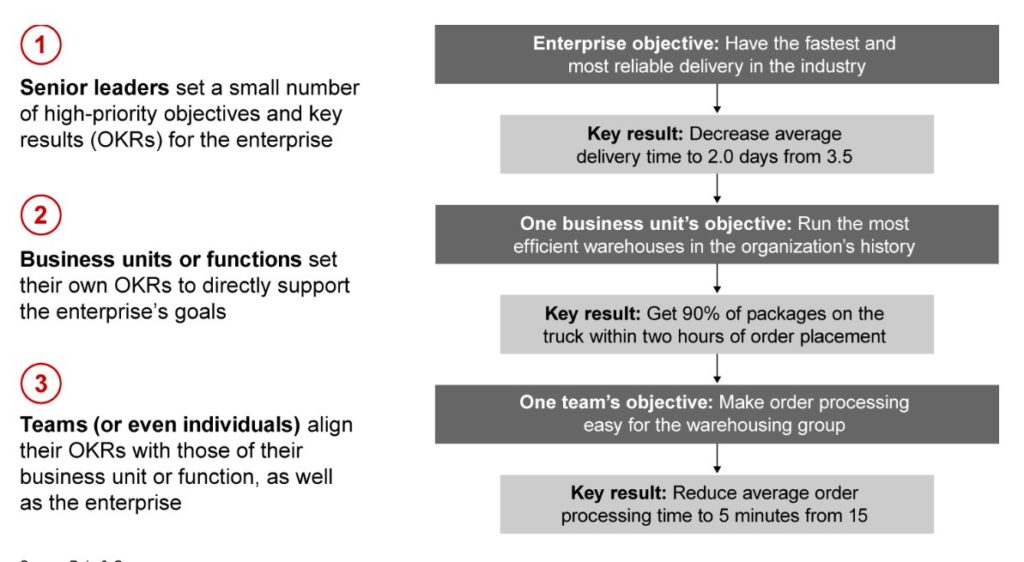Bain’s new report: “Automation’s Ultimate Goal: The Augmented Workforce,” show that workforce augmentation across industries has reduced costs by as much as 30%.
Automation, artificial intelligence (AI) and the rise of the augmented workforce should lead executives to think differently about the value their employees contribute; yet, according to Bain, few companies are taking a fully strategic approach as they undergo automation transformations.
“Successful transformations will change the way employers manage and reward workers,” said Rasmus Wegener, Americas leader of Vector, Bain’s digital delivery platform.

"The real value of automation lies far beyond the traditional efficiency plays. When done right, automation enables employees to focus on truly human, high-value activities, creating what we call the ‘augmented workforce.’"
Rasmus Wegener
Bain research suggests that many employees want to use automation and that letting them do so will increase personal job satisfaction, improve customer experience and deliver better outcomes for shareholders.
Focus on higher-value work
One of the biggest hurdles for companies hoping to achieve transformations is getting their workforce to change their habits. Bain says that will take communication, support and incentives to overcome these.
A concerted effort is necessary to redesign processes, encourage participation, and reimagine how work gets done. Whether measured by cost reduction, growth opportunities or improved Net Promoter Score, most companies do not achieve all transformation objectives overnight.
Bain says leading firms will create internal communities of expertise while automating or outsourcing tasks that do not require as much problem-solving, creativity, or interpersonal skills. Research finds that top-performing companies allocate more than 90% of their top talent to roles that are considered mission-critical, while other companies allocate just 20% of their top talent to these roles.
Where workers benefit from automation
Problem-solving. Companies can support workers with training in strategies that include establishing perspective, disaggregating problems, framing solutions, and deploying analogical reasoning; all of which can greatly improve decision-making.
Creativity. Everyday creativity required for success in future jobs can be taught by introducing workers to the right techniques and tools.
Interpersonal communication. Empathy, introspection, and behavioural adaptation will be increasingly important.
“While automation capabilities are underutilised, our research shows that only 12% of companies that are undergoing changes during major initiatives achieve their goals,” said Ted Shelton, expert partner within Bain’s Performance Improvement practice.

“Successful automation programs depend on the support of the workforce, including contributors who can describe how processes can be improved, and creators who learn how to build simple automation that improve processes.”
Ted Shelton
Four important roles of the augmented workforce
As companies adopt large-scale automation initiatives, Bain sees employees take on one or more of the following four roles that work to support successful transformations:
Contributors: Employees who are closest to a process are the ones who can usually describe how it can be improved.
Creators: Like “citizen developers,” creators can build simple automation that improves processes.
Coordinators: Specialists who provide tools, education, support, and ongoing monitoring for everyone whose job is touched by new automation.
Consumers: Almost all employees are within this group since automation touches nearly every role in one of two ways: scheduled automation provides information and insights to support good decision-making and on-demand automation triggers employee action.
Scaling a successful automation program
Companies that successfully transition to an augmented workforce typically get two important activities right, Bain found. This includes aligning the business and technology on a plan to create new value both for the company and for employees and ensuring they have the right tools and programs for enabling workers.

To do this, companies are encouraged to develop a plan for creating value that aligns automation goals with company strategy, as well as choose the right technologies and vendors to support workers throughout transformations.
Additionally, automation initiatives should also try to deliver benefits for each category of stakeholder: customer and worker experience, risk mitigation, and career opportunities and rewards.
The starting point
While automation transformations can take time, Bain encourages companies to be thoughtful and supportive of their employees as workers move to richer and higher-value tasks. When setting automation goals, it’s important to aim high, while also balancing business aspirations with the amount of change and time that is required for full implementation.
“Companies should begin by prioritising a few high-impact initial use cases to help the organisation see the value of automation. A successful shift will leave employees feeling empowered,” concluded Wegener.





